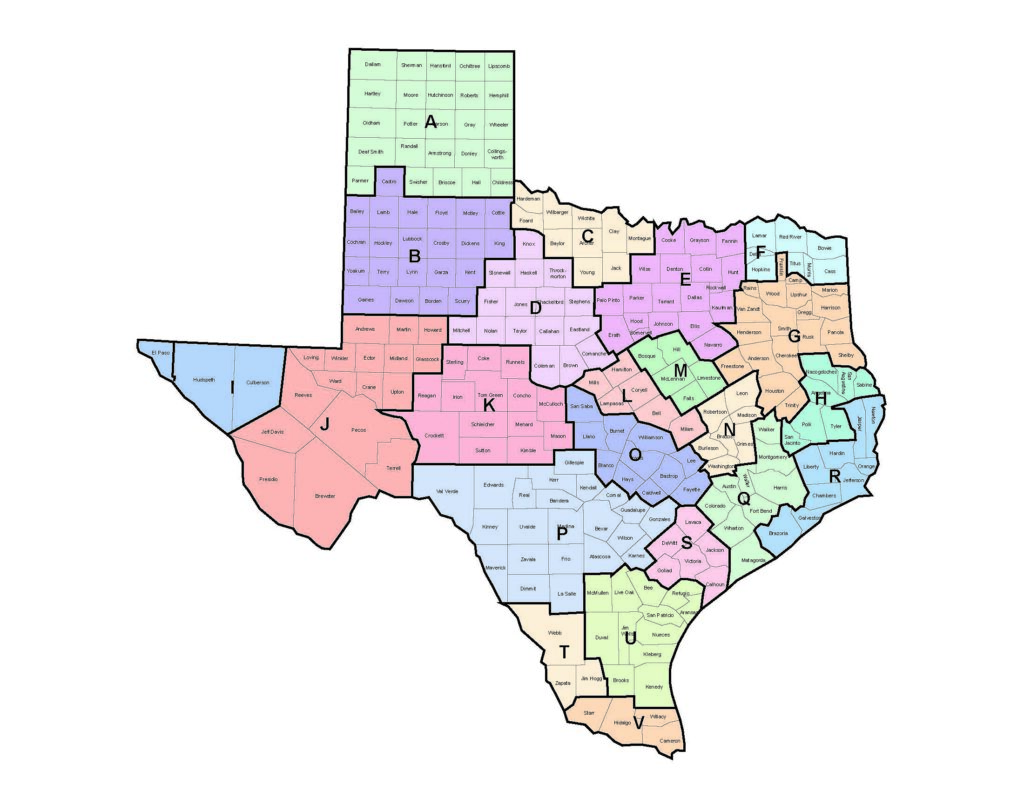
Improving Patient Outcomes Through Regional Emergency Healthcare System
CENTEX Regional Advisory Council (RAC) is a 501(c)(3) non-profit organization comprising local hospitals, EMS agencies, fire departments, County and City Offices of Emergency Management, and healthcare providers. We proudly serve the 6 counties within Trauma Service Area L: Bell, Coryell, Hamilton, Lampasas, Milam, and Mills.
Our Mission and Initiatives
Enhancing Emergency Healthcare: We support member organizations in delivering the highest level of emergency healthcare to reduce morbidity and mortality and improve patient outcomes.
Promoting Cooperation: We encourage collaborative activities among member organizations and provide a platform to resolve conflicts related to patient care.
Community Education: We facilitate educational programs for the public to raise awareness about an inclusive trauma system, with a strong emphasis on prevention.
Board of Directors
Our Board of Directors, representing our membership and service areas, includes 18 positions. Board elections occur annually in December, with half of the Board positions expiring each year. Board members may serve up to two consecutive 2-year terms and complete a comprehensive orientation and policy acknowledgements annually.
Board Agreement Conflict of Interest Policy Privacy Policy Statement DSHS Board Attestation
Positions
Executive Committee
Chair Elizabeth Hicks, Acadian Ambulance (expires 12/2025)
Vice Chair Dr. Scott Sagraves, BSW – Central Division (expires 12/2025)
Secretary Angela Newton, Hamilton General Hospital (expires 12/2024)
Treasurer Amy Haire, AdventHealth Central Texas (expires 12/2024)
Immediate Past Chair Angie Gentry, BSW - Temple (expires 12/2025)
Board Member Representatives
EMS Operations Daniel Lay, Coryell Health EMS (expires 12/2025)
Emergency Preparedness Lacey Sanders, Temple Rehab Hospital (expires 12/2024)
Trauma Heather Sieracki, BSW – Temple (expires 12/2025)
Cardiac James Lampley, AdventHealth Central Texas (expires 12/2024)
Stroke Penelope McCabe, BSW – Temple (expires 12/2024)
Perinatal Apiffany Spears, AdventHealth Central Texas (expires 12/2024)
Emergency Department Chivon Brown, Seton Medical Center Harker Heights (expires 12/2025)
Medical Advisory Dr. Michelle Strong, BSW – Temple (expires 12/2025)
Lead Pediatric Facility Sarah Wheat, McLane Children’s Medical Center (expires 12/2024)
Military Facility Dr. Cord Cunningham, CRDAMC (expires 12/2025)
Rural Area At-large Robert Kirkpatrick (expires 12/2024)
Physician At-large VACANT (expires 12/2025)
Community At-large Fred Reed, Retired (expires 12/2024)

Background
Regional Advisory Councils (RACs) oversee the trauma and emergency healthcare system within defined Trauma Service Areas (TSAs) or Perinatal Care Regions (PCRs) in Texas. Each of the 22 RACs in Texas is responsible for developing, implementing, and monitoring a regional emergency healthcare system plan.
Our plan aligns with Department of State Health Services (DSHS) guidelines and community needs, aiming to enhance care, reduce injury, and save lives.

Staff
Central Texas RAC is led by Ms. Christine Reeves, who has served as the Executive Director since July 2022, with prior oversight since 2018. Her leadership ensures the organization's mission and vision are realized.
Vision
To be a model leader in Texas for meeting the needs of the entire emergency healthcare system. To provide coordination of acute medical services in mass casualty and disaster settings.

Purpose
The purpose of this organization is to:
Advance and improve the state of healthcare for the injured patient within the counties of Trauma Service Area L (Central Texas Regional Area).
Decrease morbidity and/or mortality.
Encourage activities designated to promote cooperation and resolve conflicts between member organizations.
Improve funding of trauma care providers within the counties served by this council.
Maintain an Emergency Healthcare System Plan for Central Texas RAC, which is based on standard guidelines for comprehensive system development.
Improve public awareness of the methods of accessing the health care system and preventing injury.
Coordinate responses to mass casualty and disaster events.
